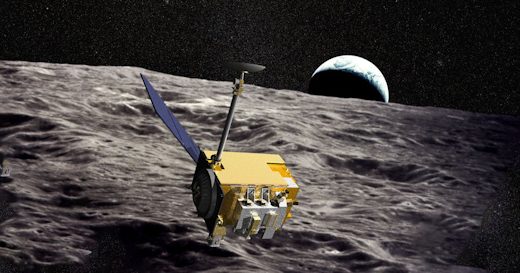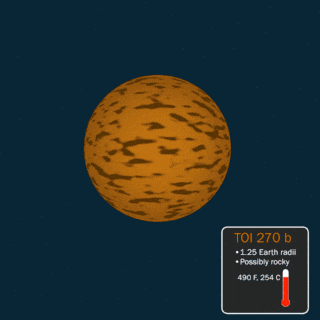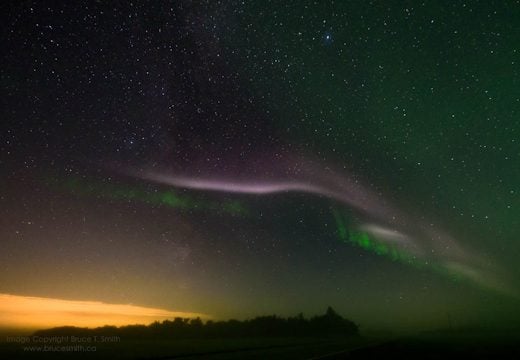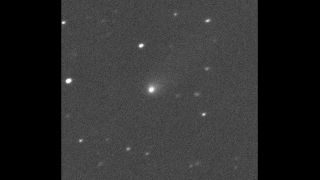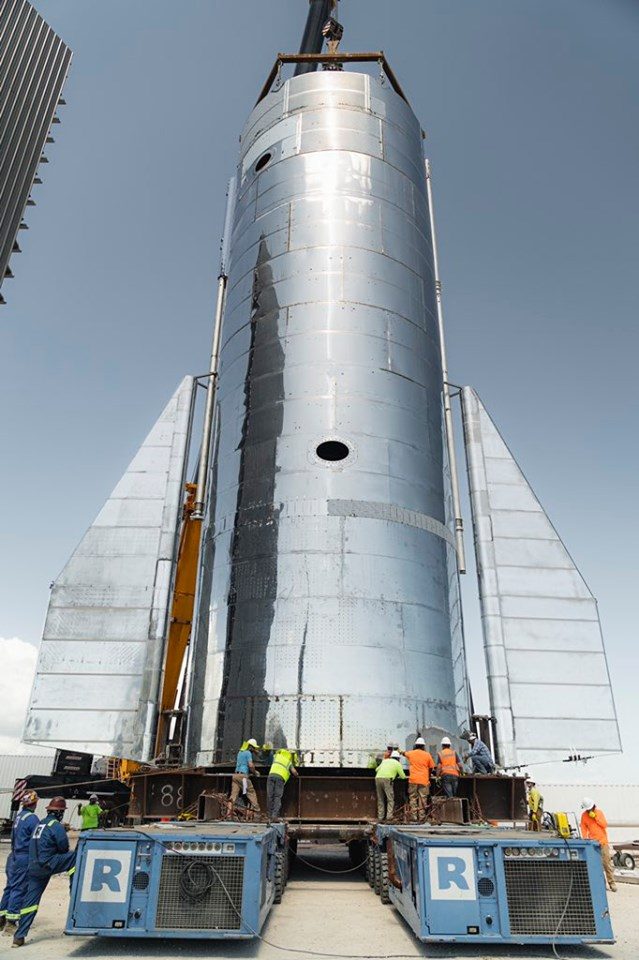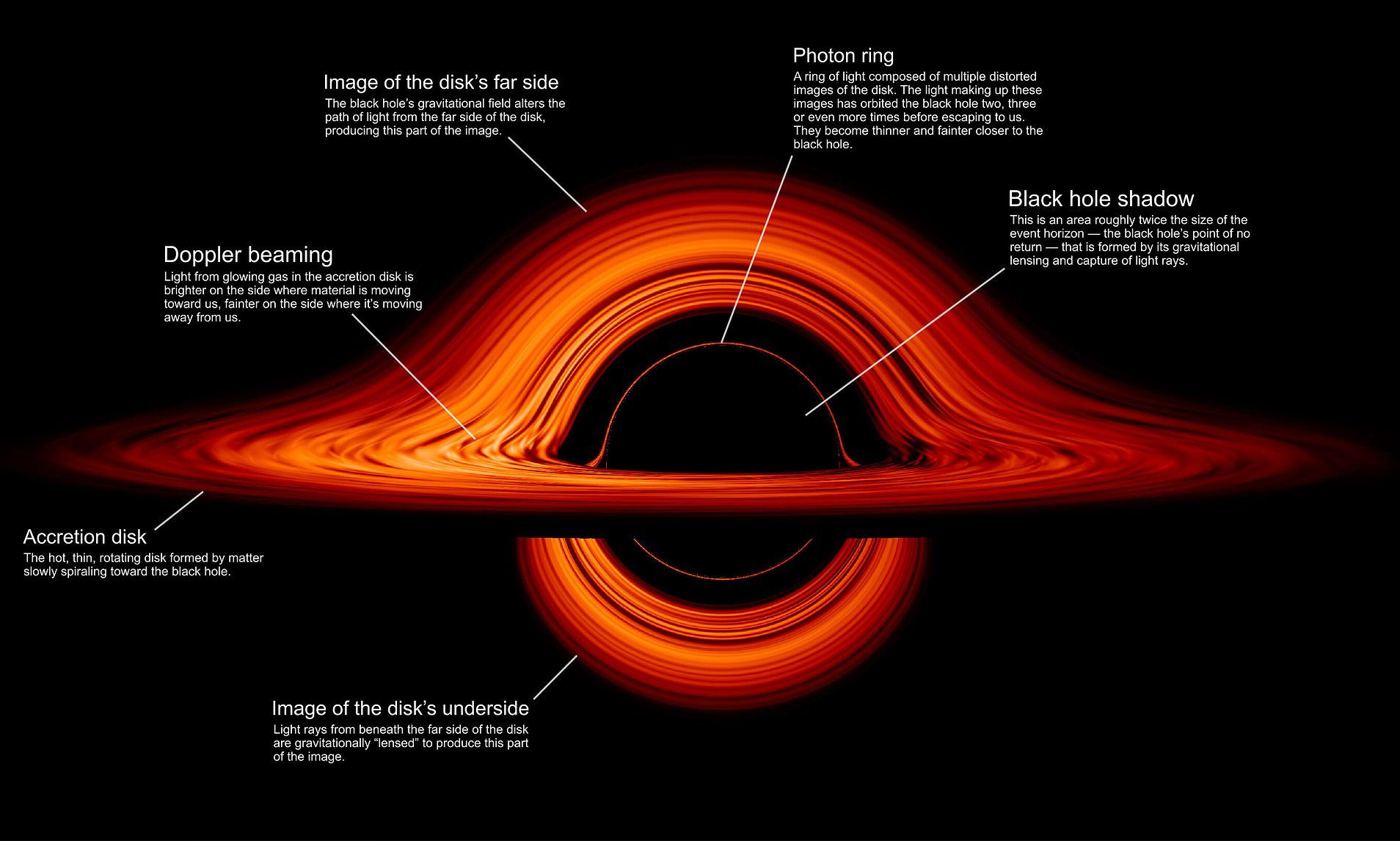CodeRedR51
Premium
- 55,682

- United States
SpaceX has determined the cause of the Crew Dragon explosion in April.
https://www.spacex.com/news/2019/07...Otq7jx_IENgZPazpH5rTD26cVJslEoL3mR0NA4mQONj2k
https://www.spacex.com/news/2019/07...Otq7jx_IENgZPazpH5rTD26cVJslEoL3mR0NA4mQONj2k
Initial data reviews indicated that the anomaly occurred approximately 100 milliseconds prior to ignition of Crew Dragon’s eight SuperDraco thrusters and during pressurization of the vehicle’s propulsion systems. Evidence shows that a leaking component allowed liquid oxidizer – nitrogen tetroxide (NTO) – to enter high-pressure helium tubes during ground processing. A slug of this NTO was driven through a helium check valve at high speed during rapid initialization of the launch escape system, resulting in structural failure within the check valve. The failure of the titanium component in a high-pressure NTO environment was sufficient to cause ignition of the check valve and led to an explosion.
